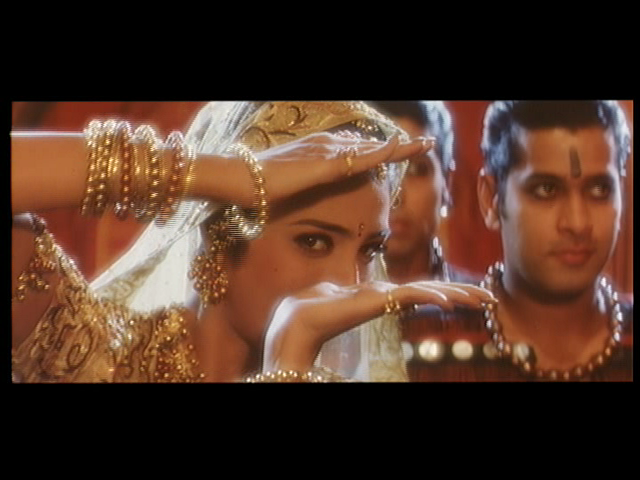
They are called mandna in Rajasthan and Madhya Pradesh, rangoli in Maharashtra and Gujurat, sathya in Saurashtra, raipan or aypan in Bihar, aipan in the Kumaon, alpana in Bengal, jhunti in Orissa, chowk in Himachal Pradesh, cauka rangana or cauk purna or sonarakhna in Uttar Pradesh, muggu in Andhra Pradesh, rangavalli in Karnataka, and kolam in south India and Tamil Nadu.In all cases this surprising combination of popular creativity and sacred.

Traditional rangoli motifs were plant life such as flowers, leaves, coconut, lotus, mango, and ashwath (peepal leaf). Animals represented were cows, elephants, horses, parrots and swans. The deities Ganesh, the Shiva Lingam, and the feet of Lakshmi appeared in rangoli.The rangoli provides an object for “fascination” or effortless attention in the sacred space, in an atmosphere without distractions, which results in relaxation and directed attention . The eye follows the orderly pattern of the rangoli. Look it!








































